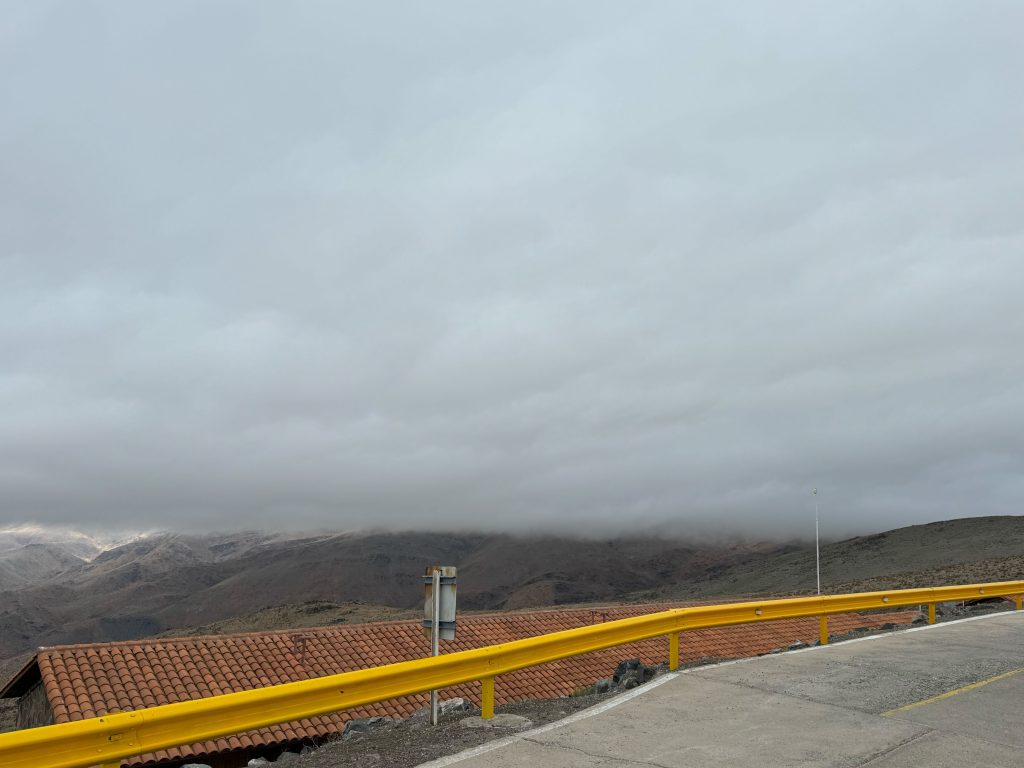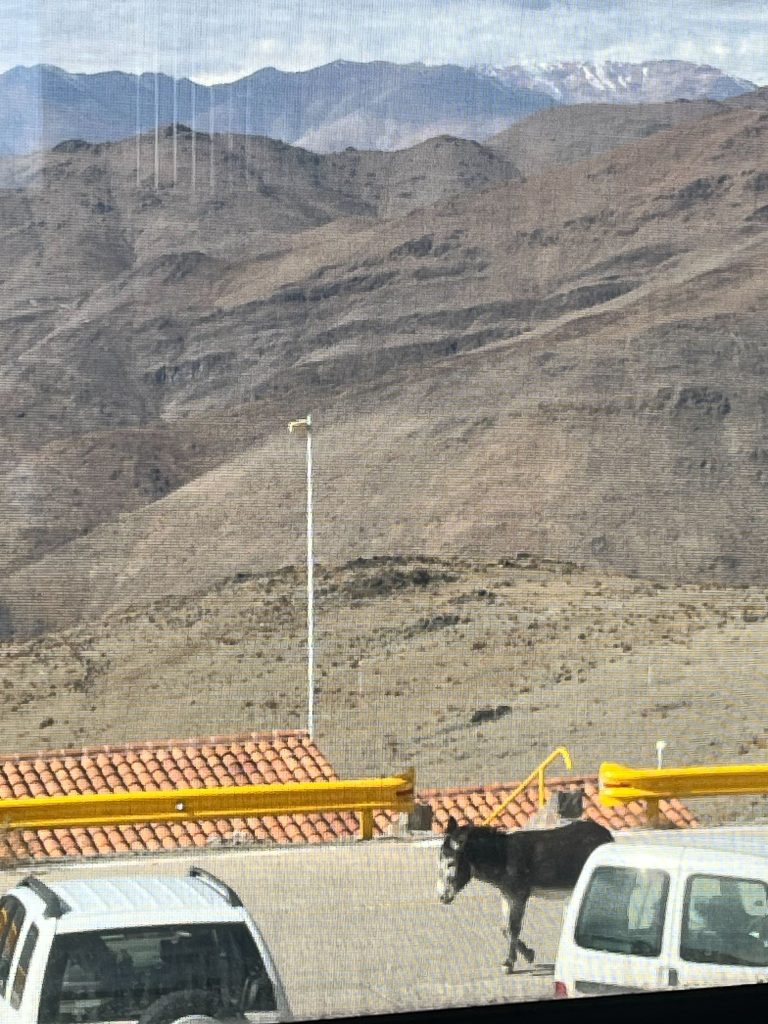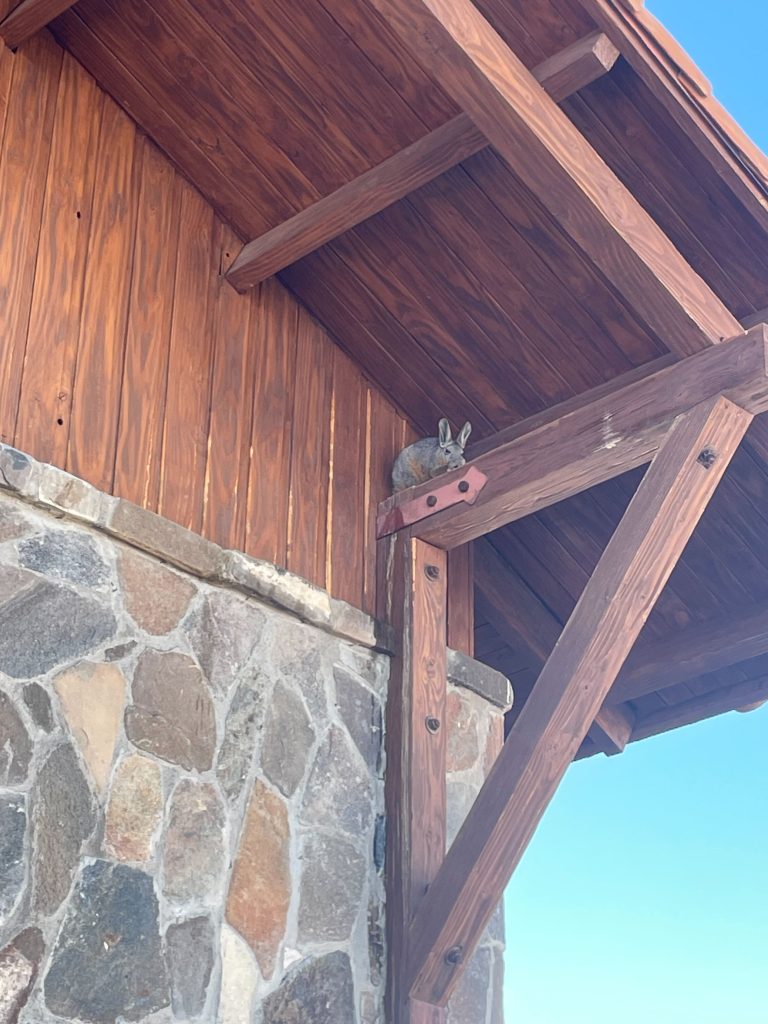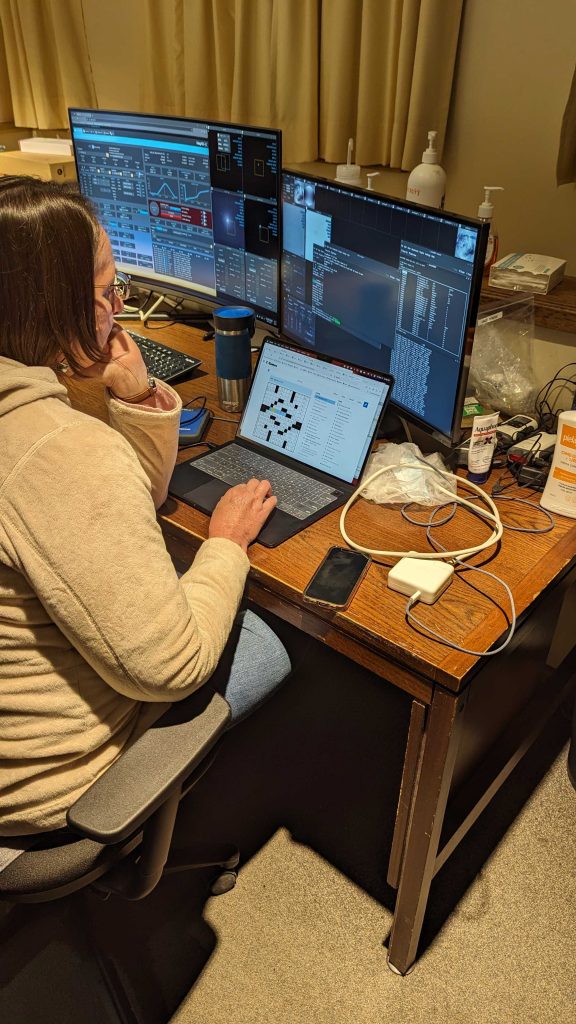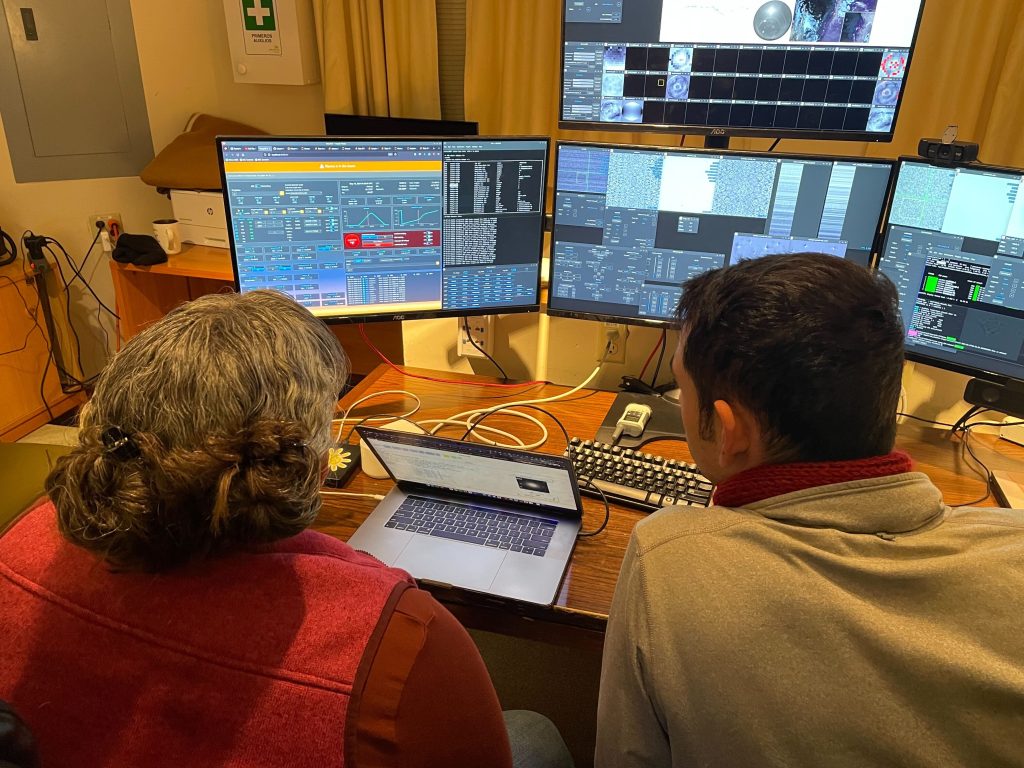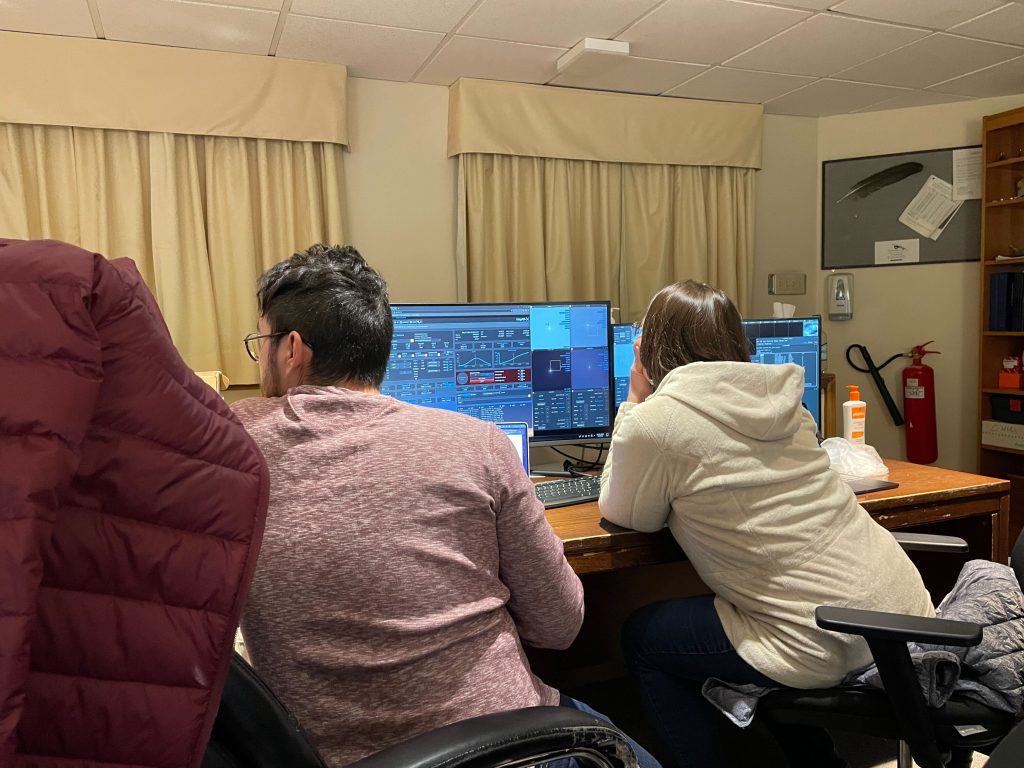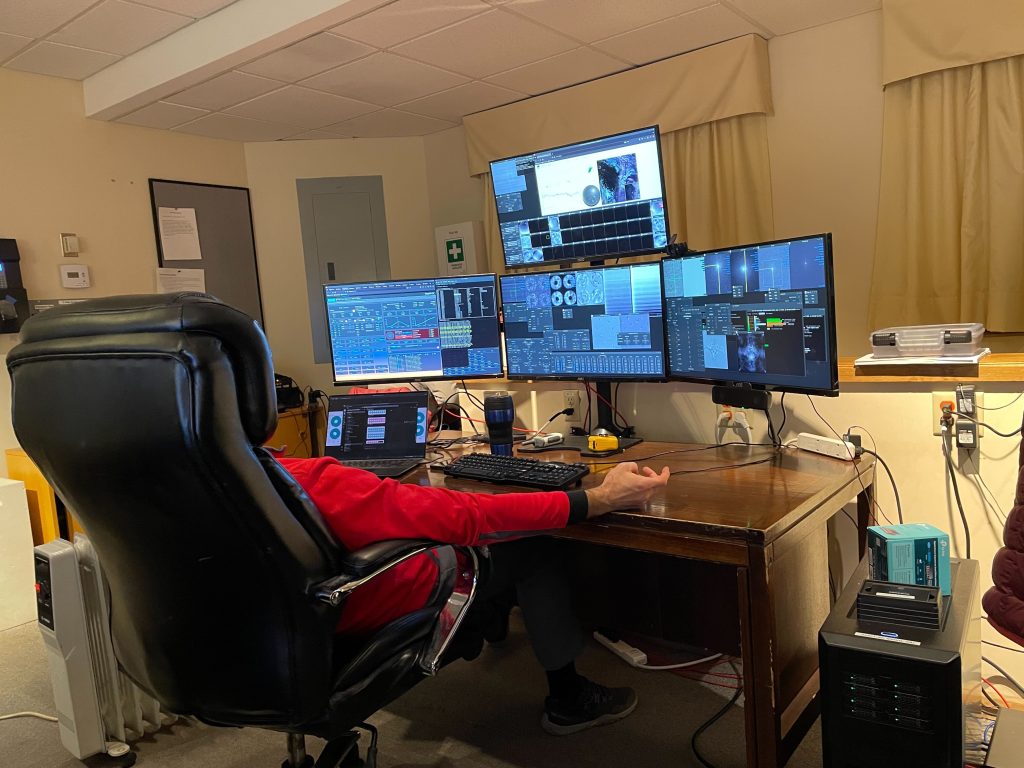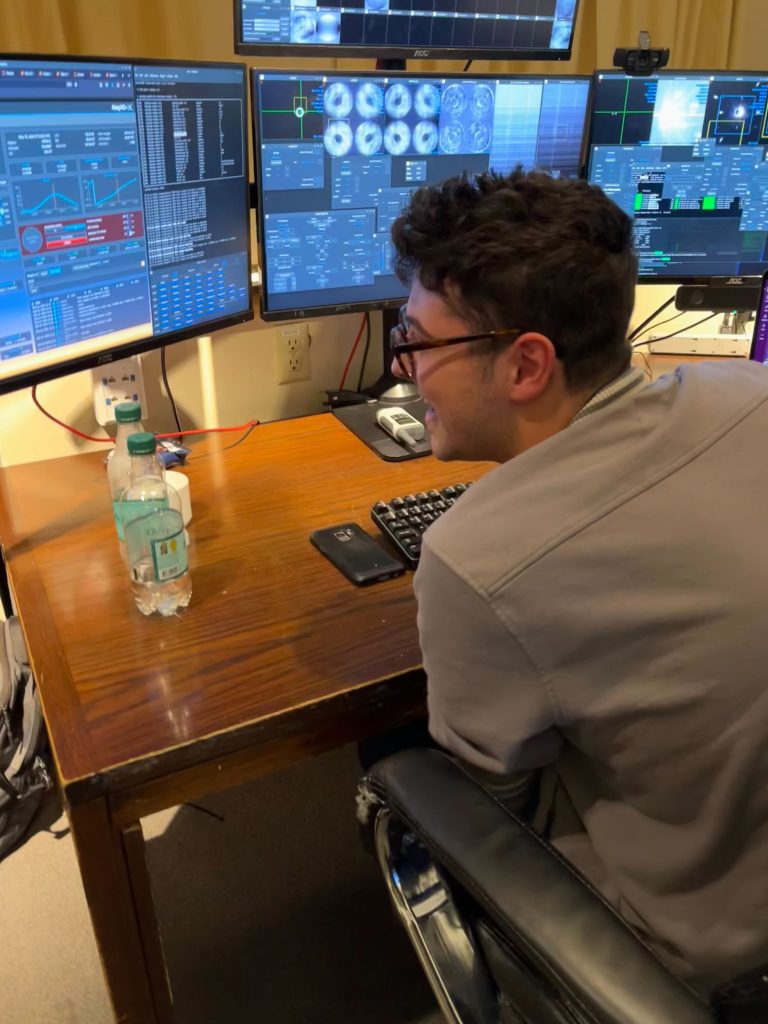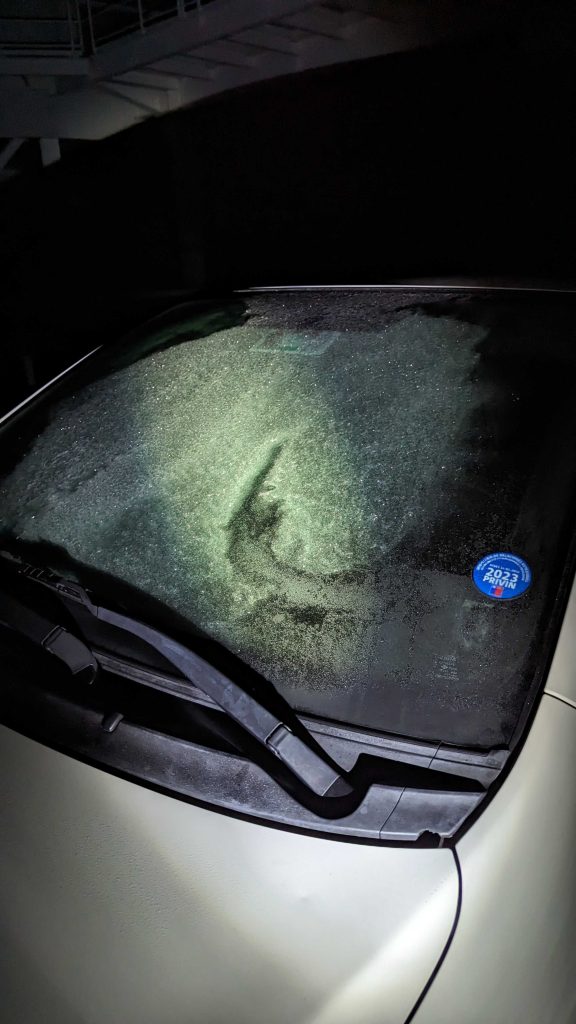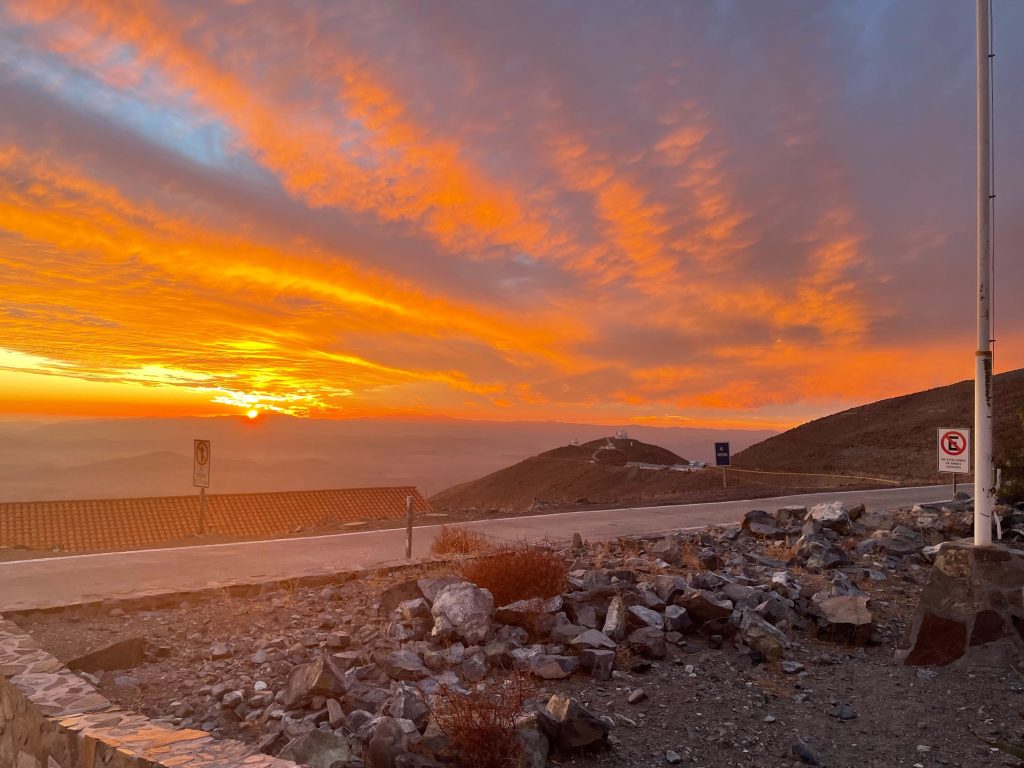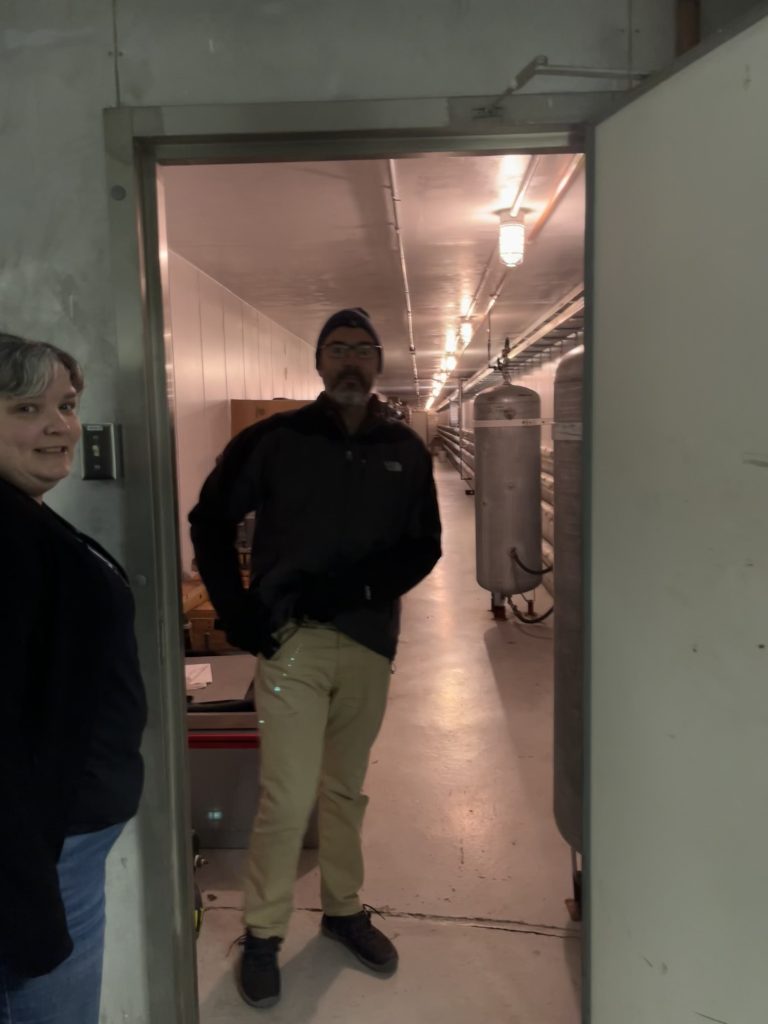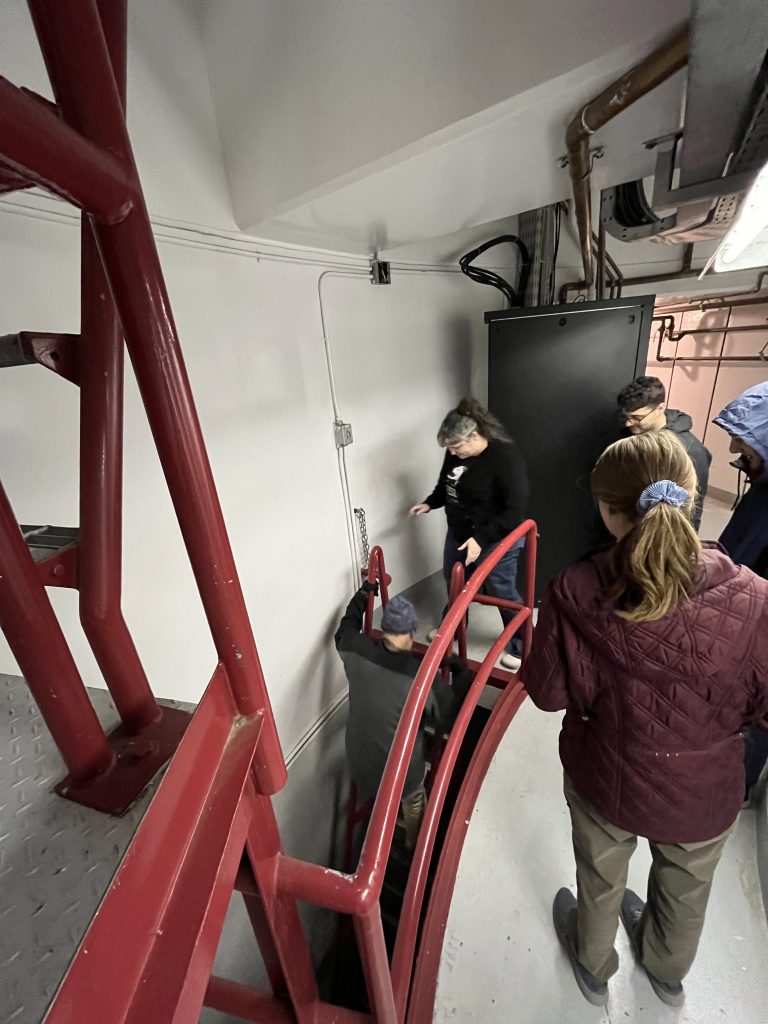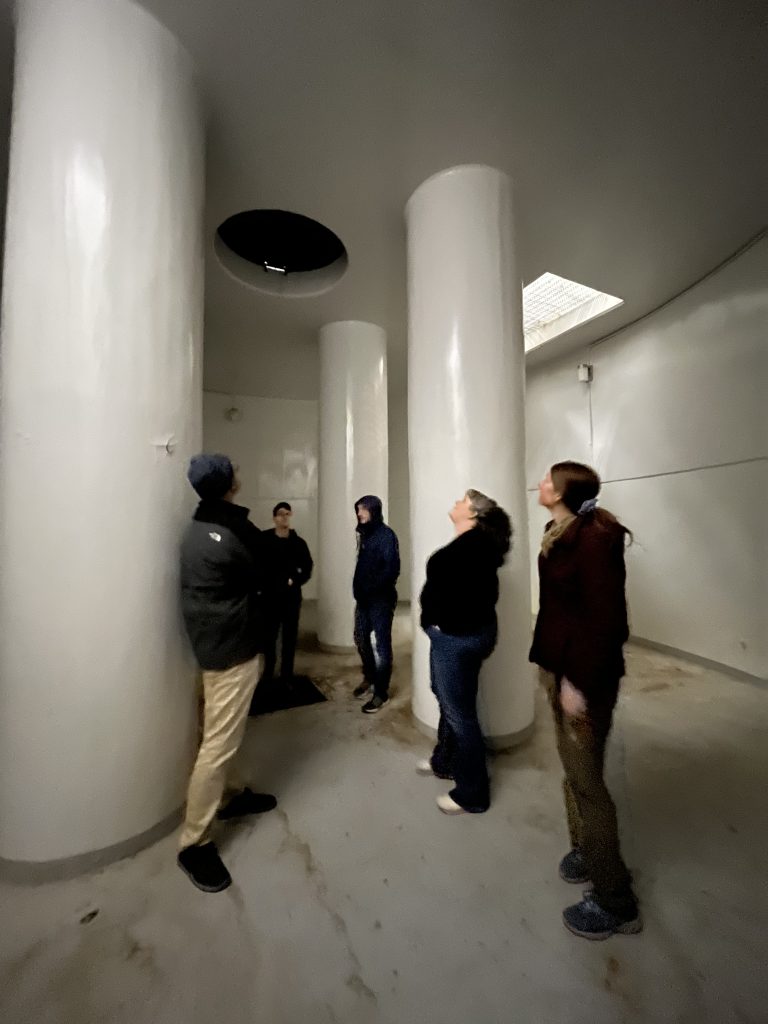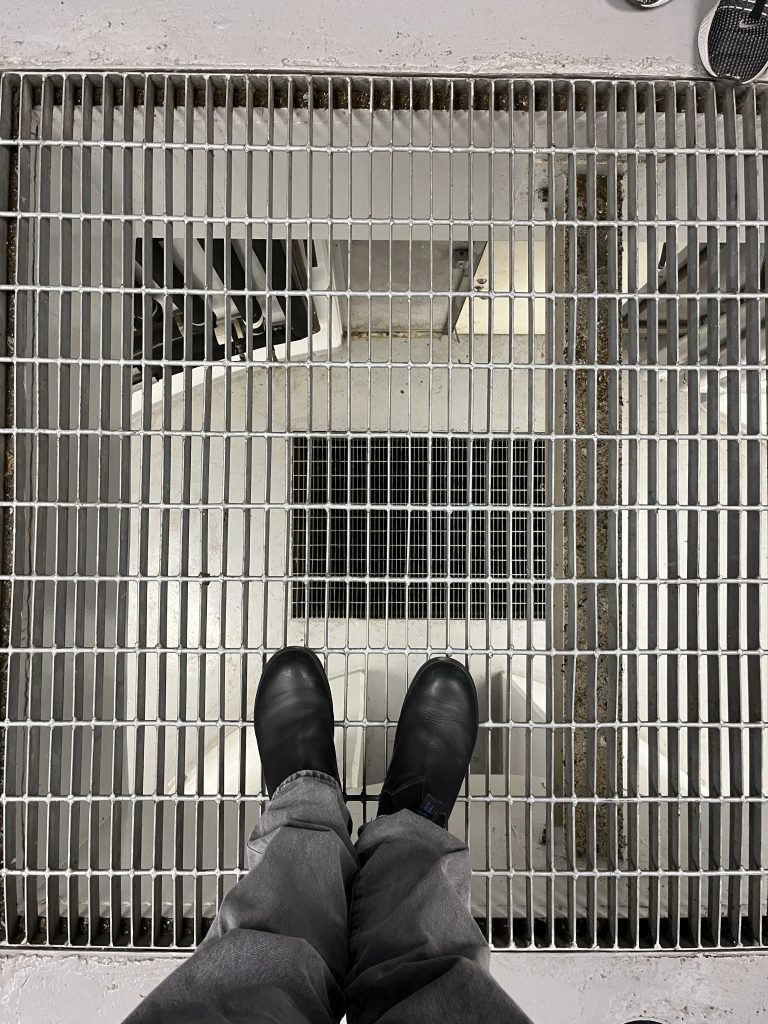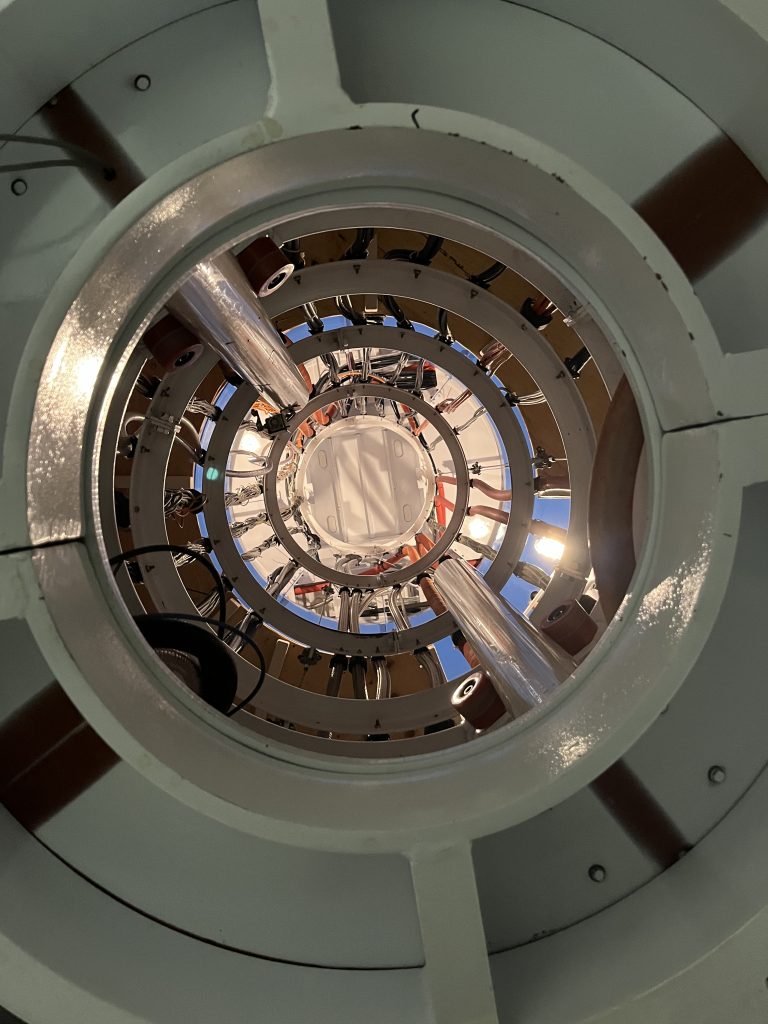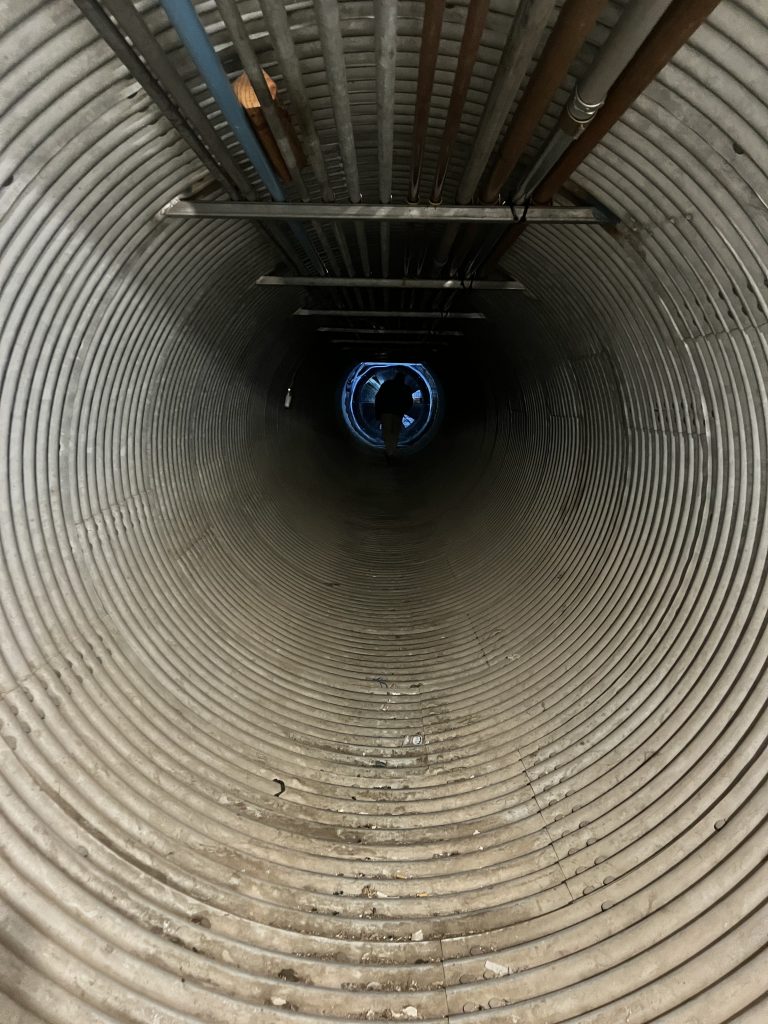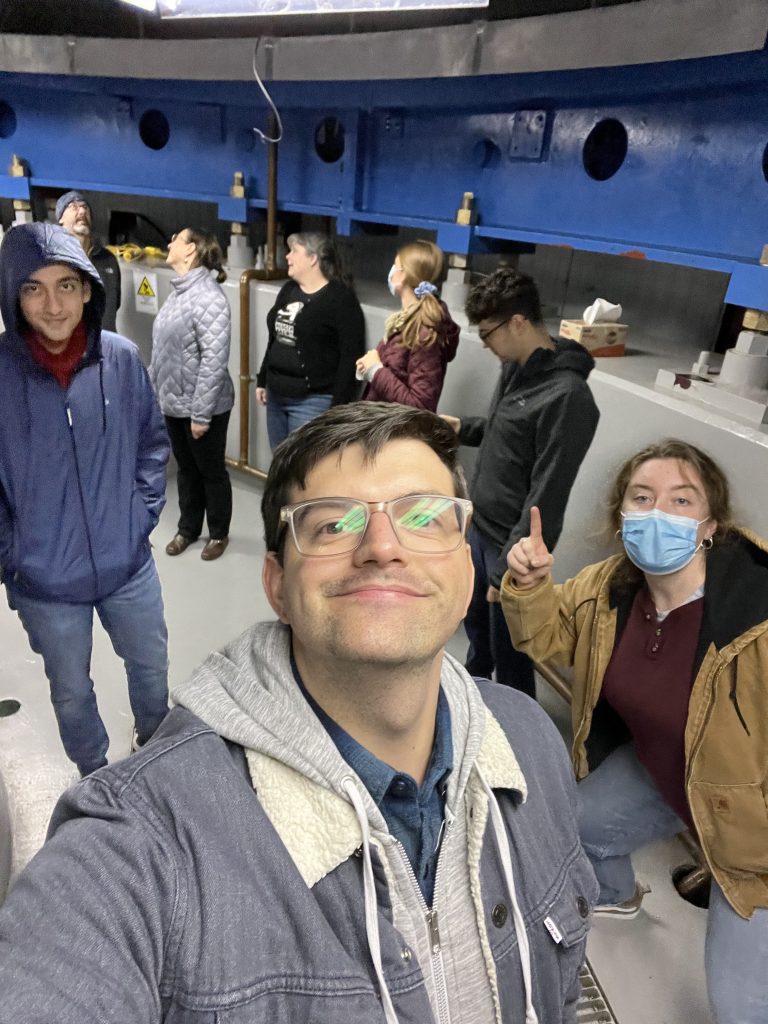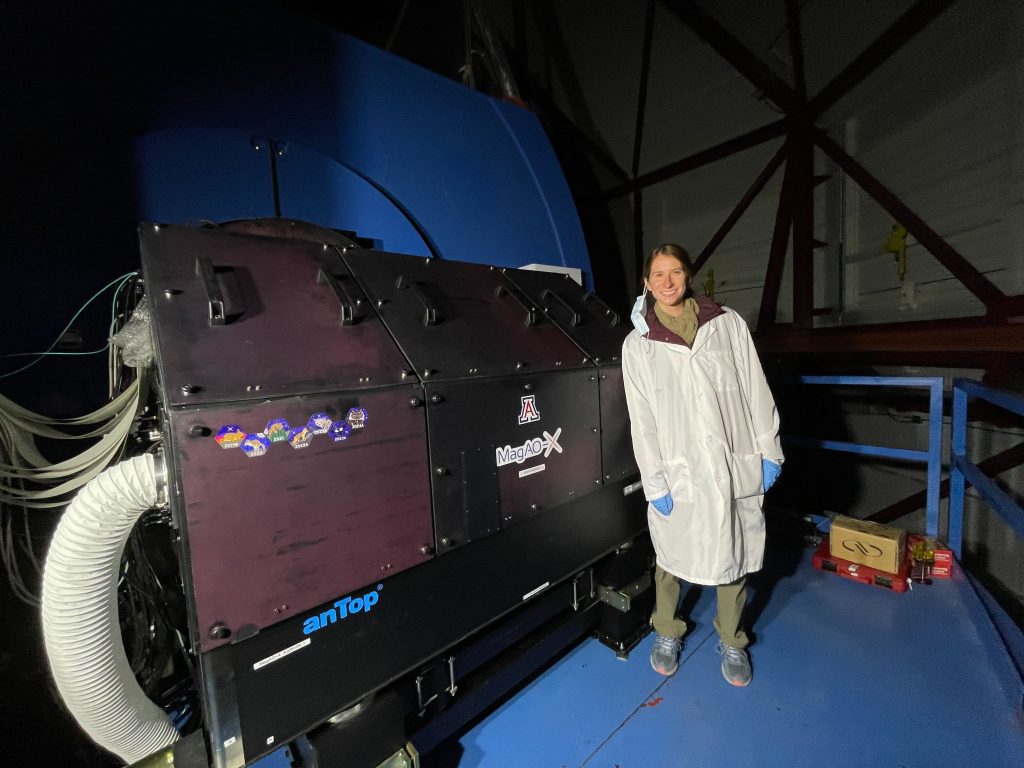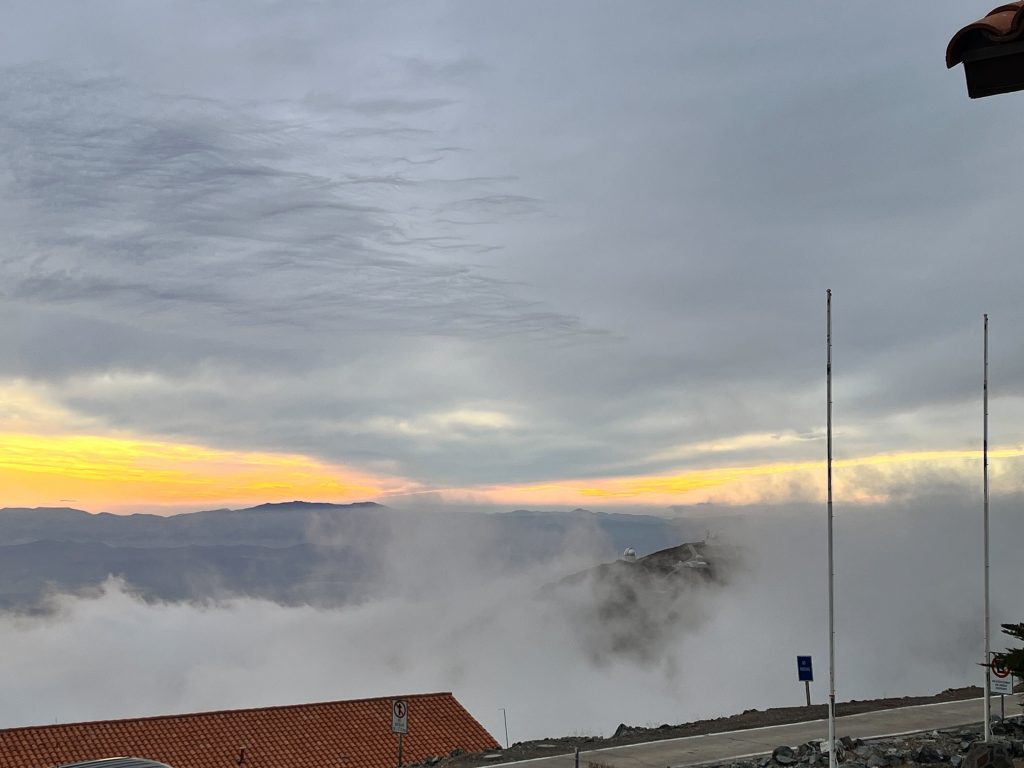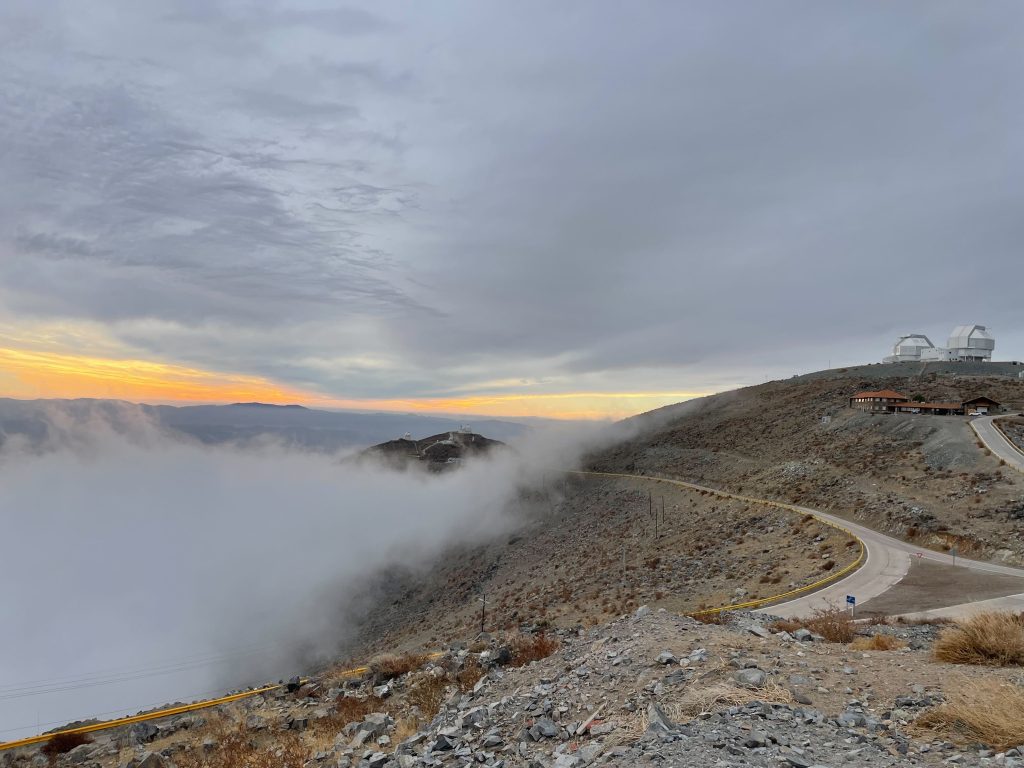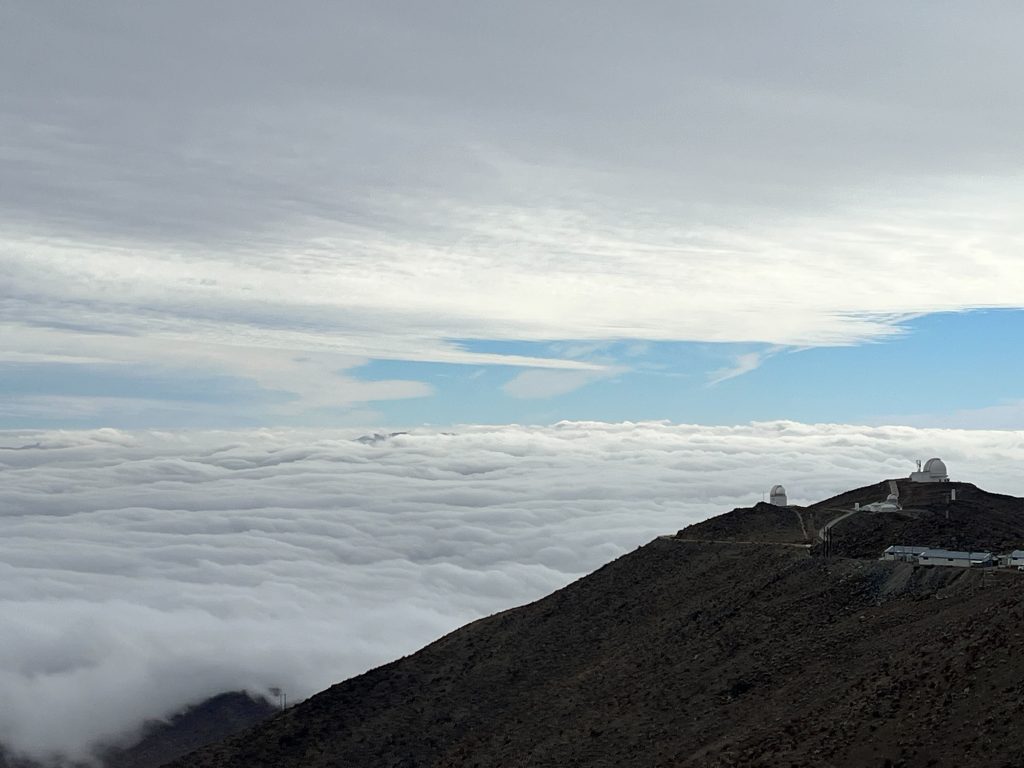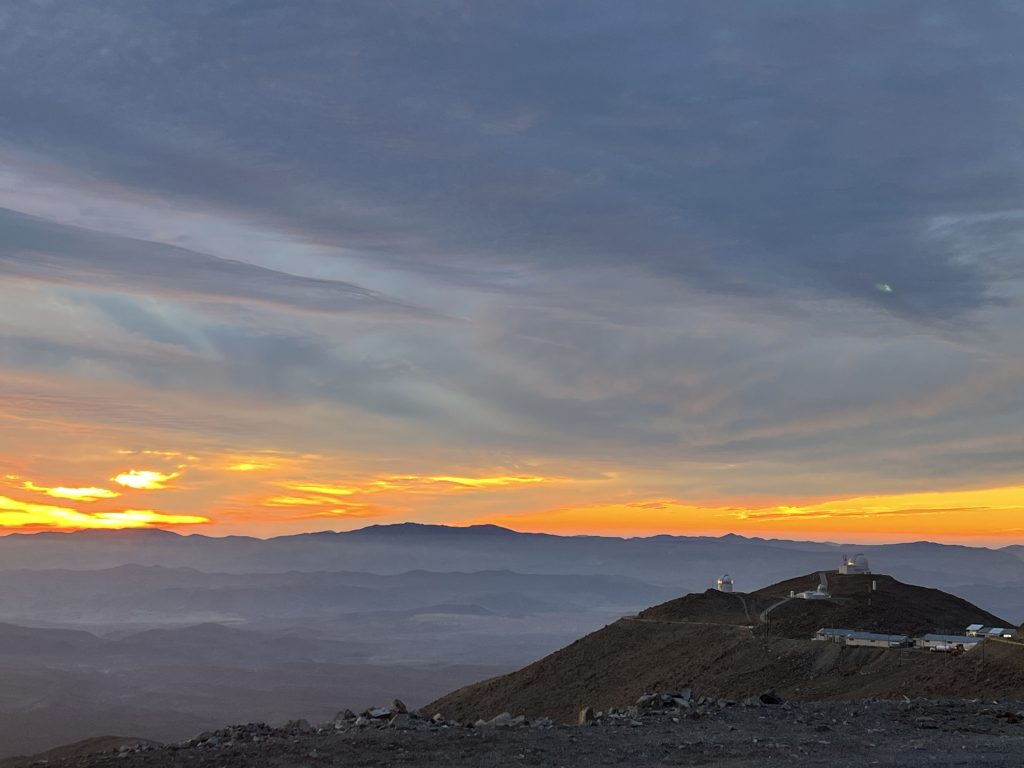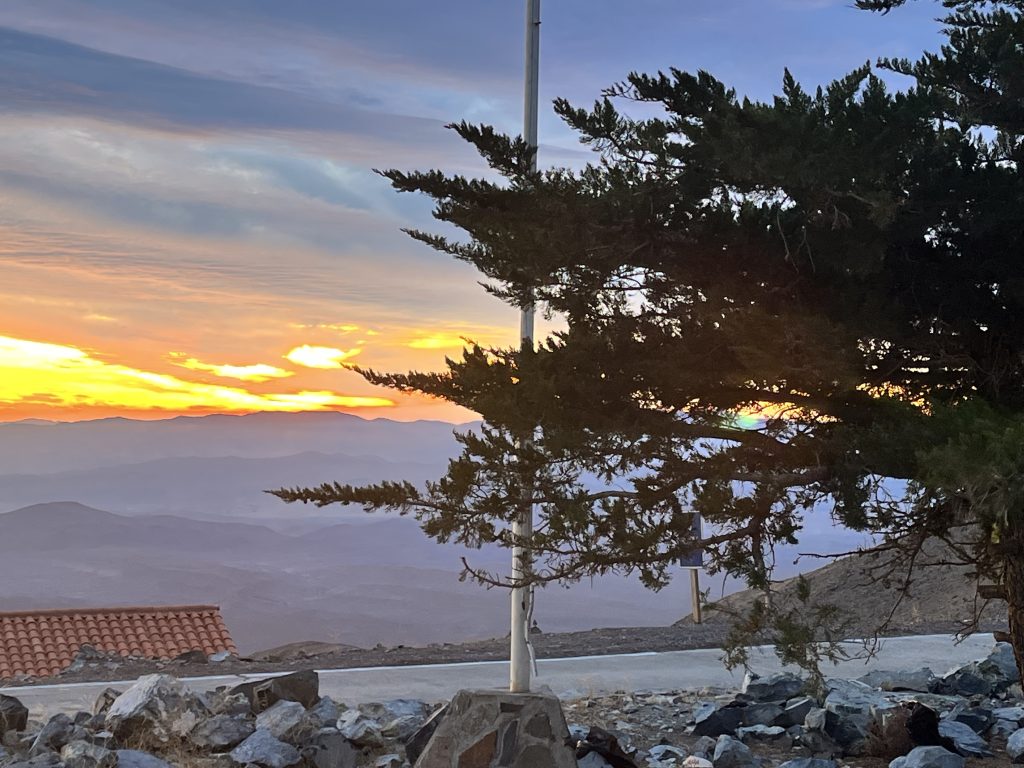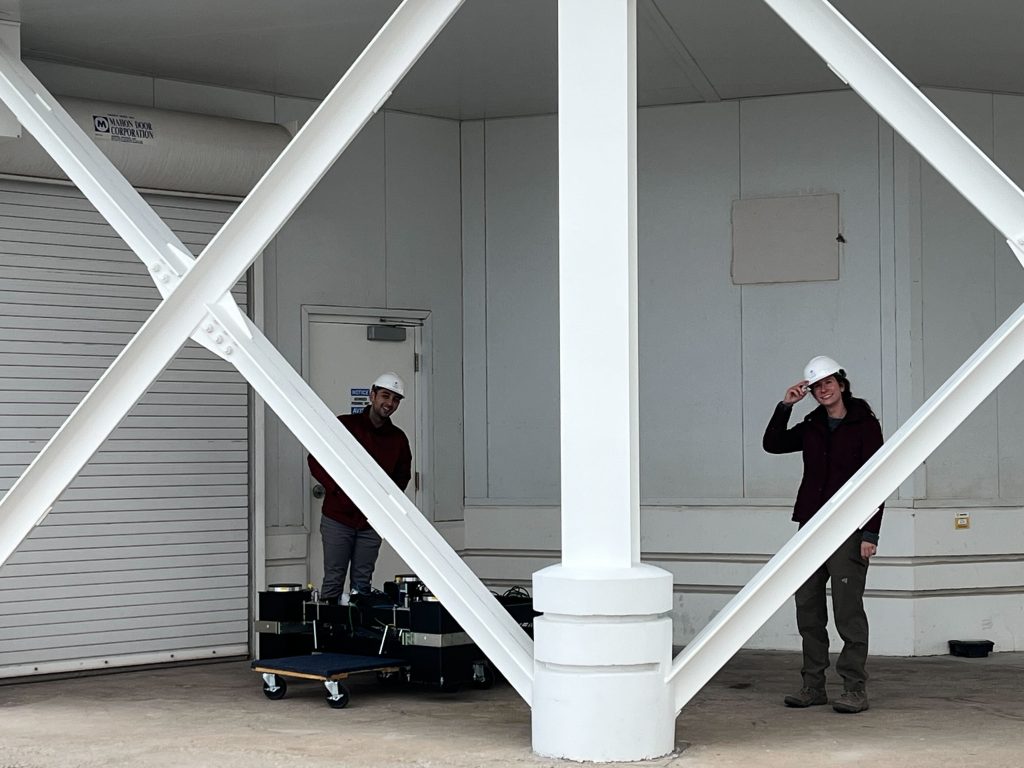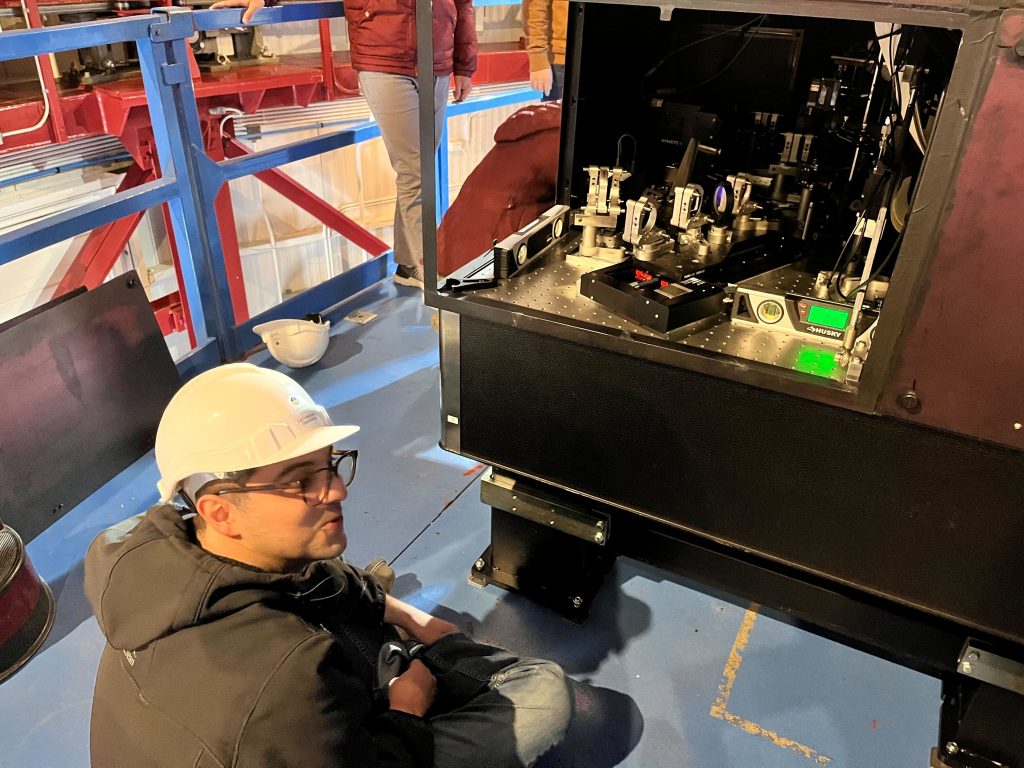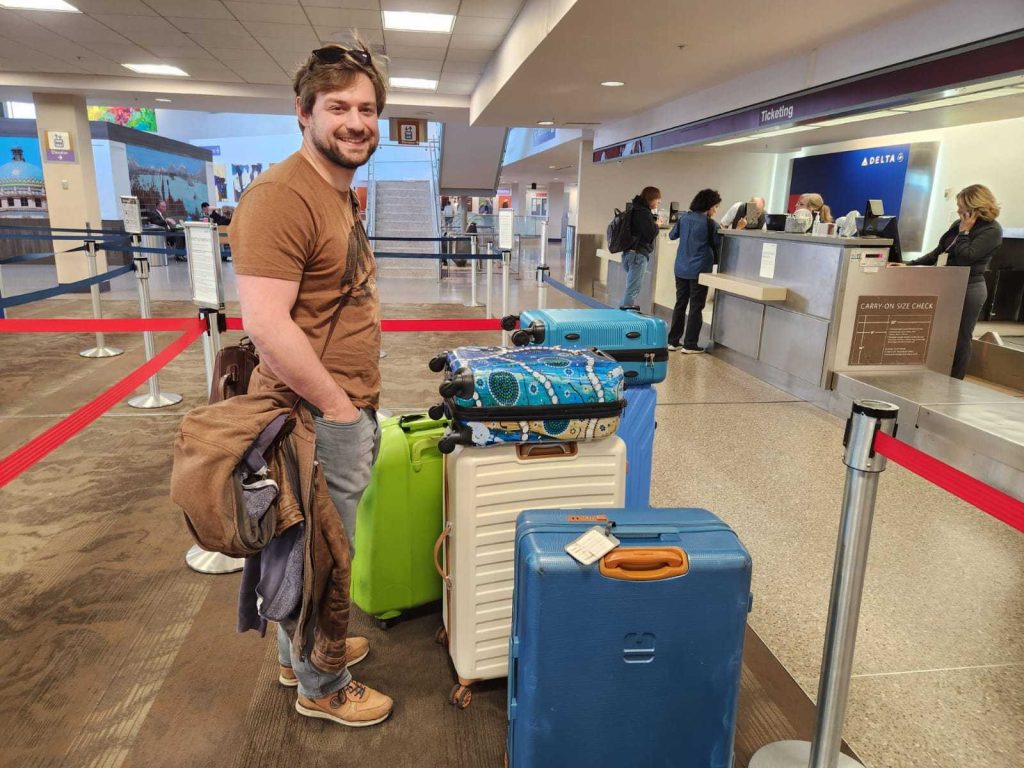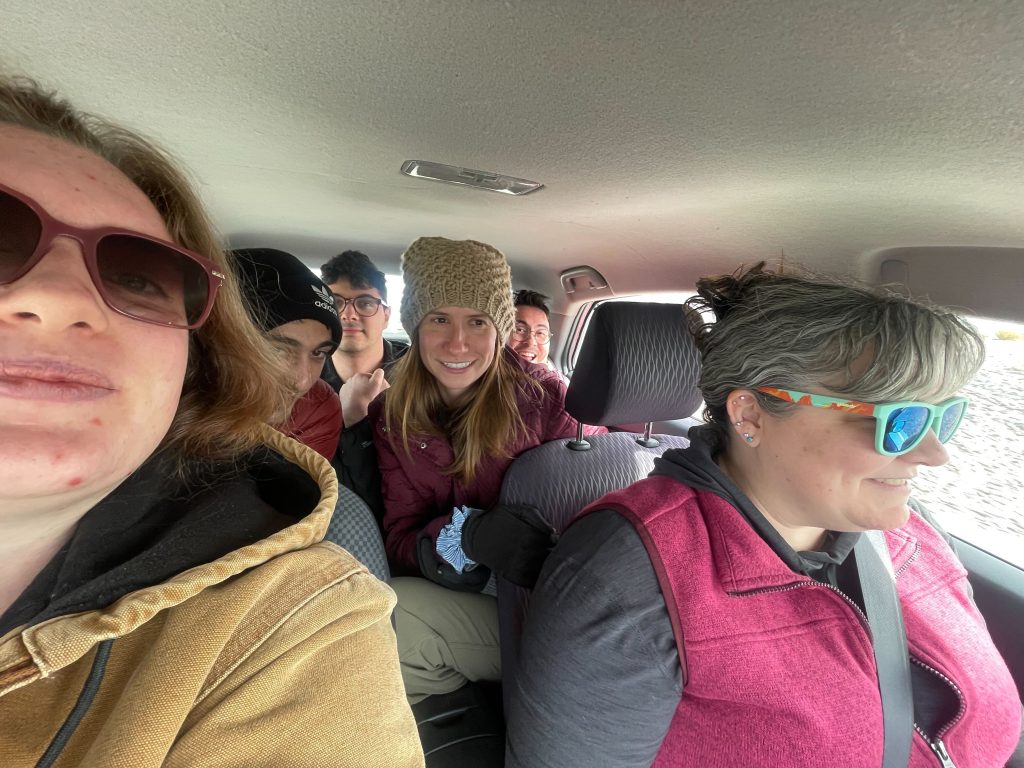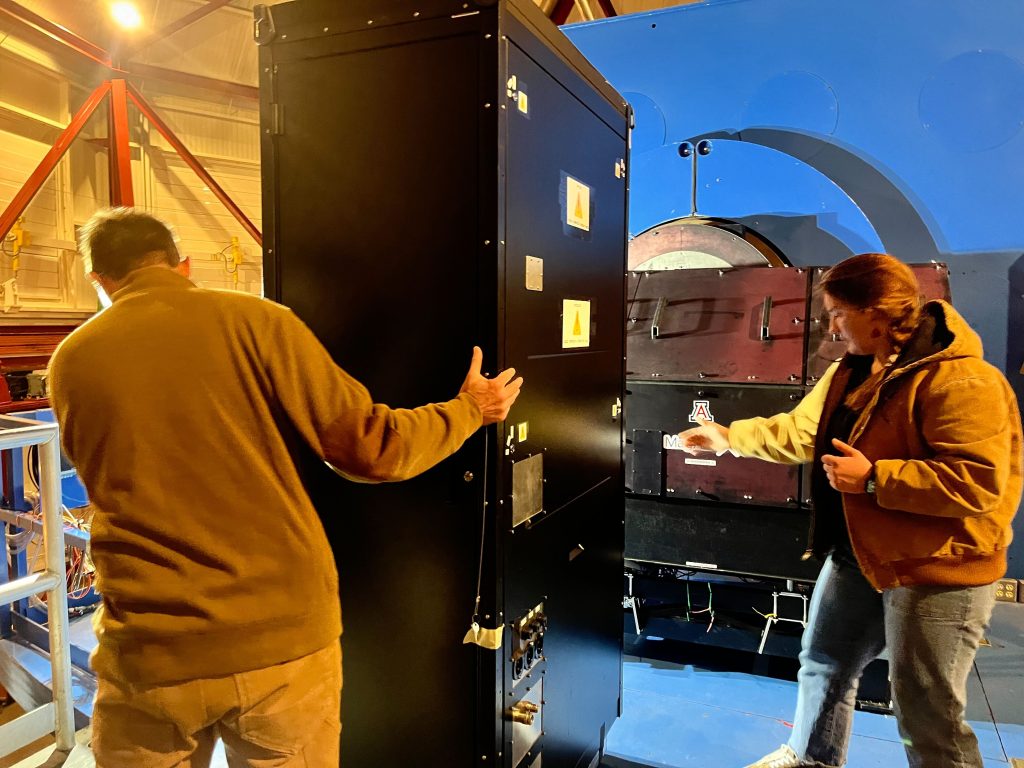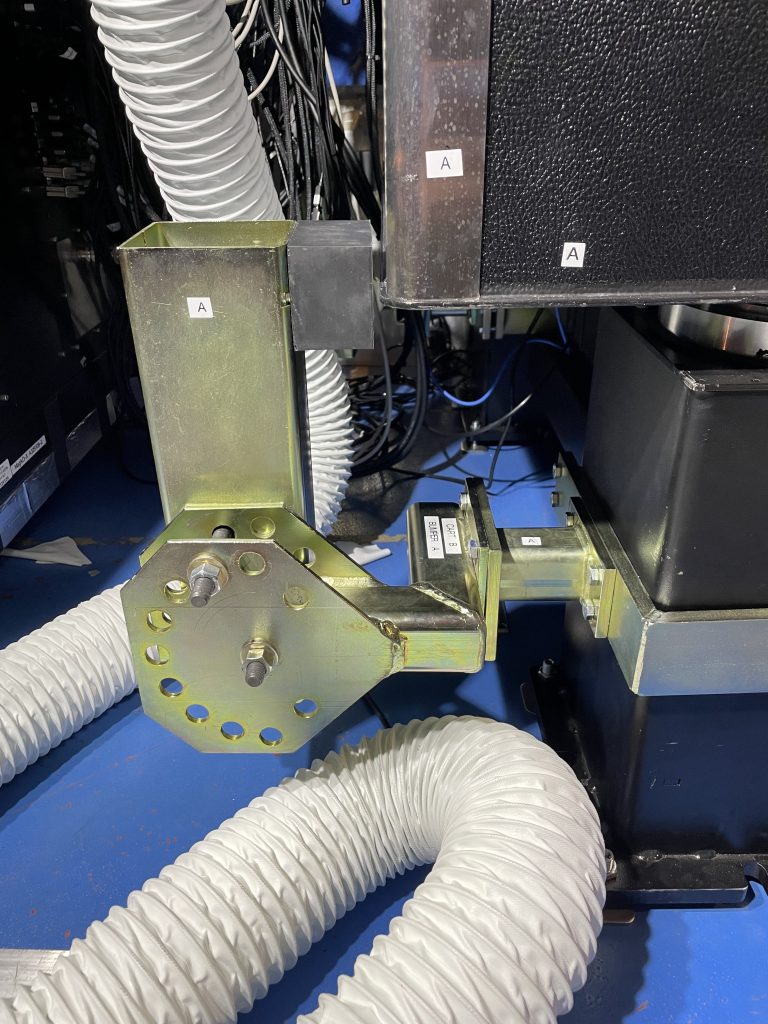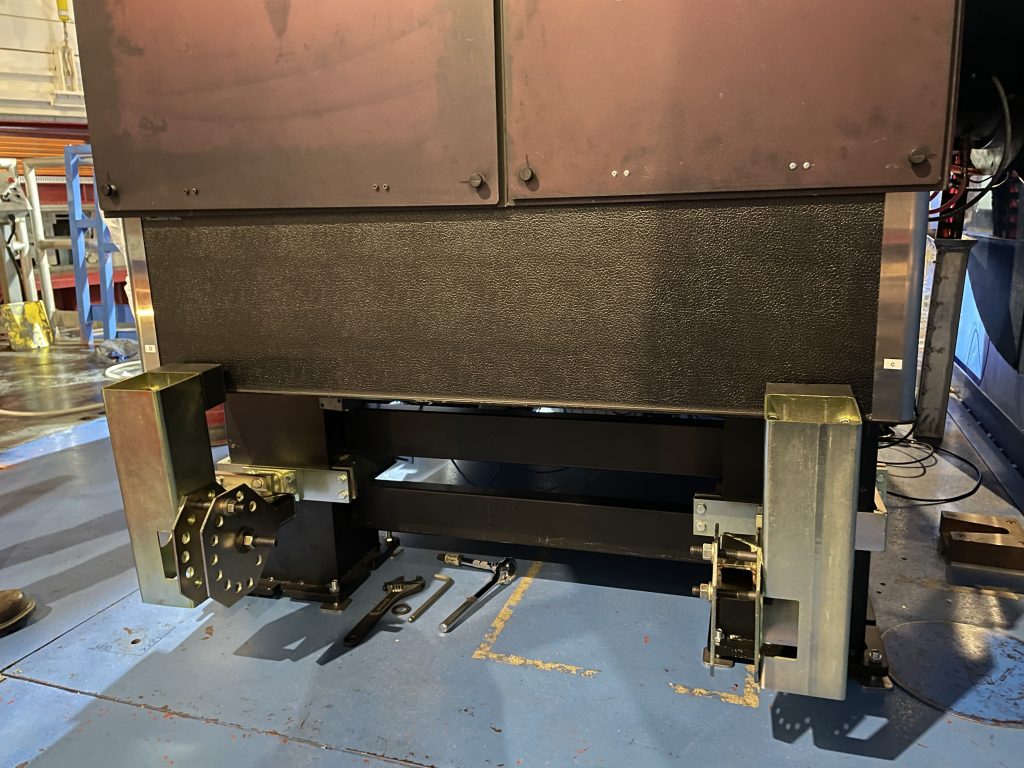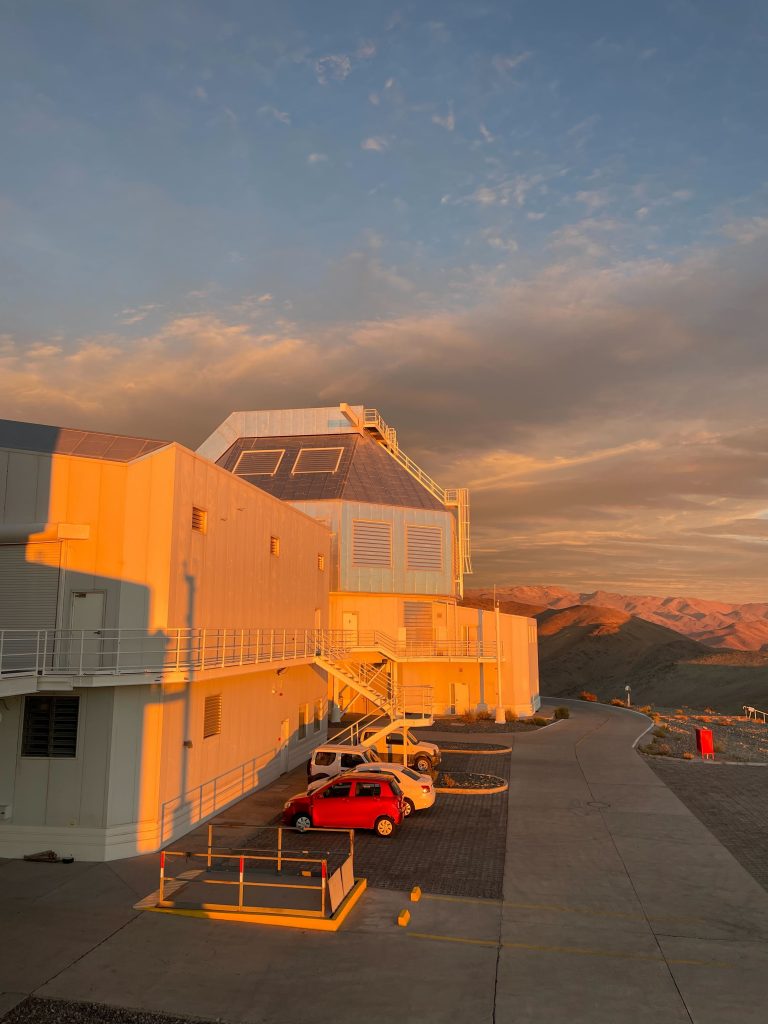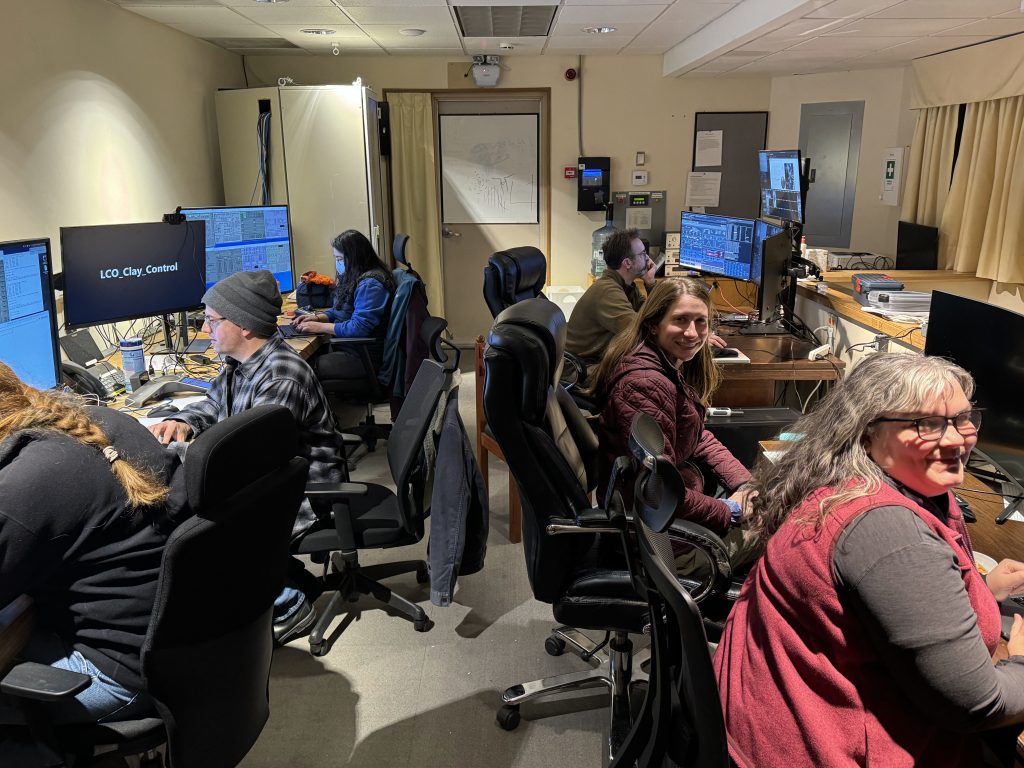Thank you for tuning in for “Eden’s screenshots of the firewalled LCO weather page.”

I have good news and I have bad news. The good news is that we are open! The bad news? The seeing is just on the edge of usable. And by “on the edge” I mean we’re getting something on the science cameras… but it’s the kind of data we dread to process. What a tease.
On top of that, the wind is whistling something fierce. Like living next door to a two-note pan-piper. Every 5 minutes, Maggie-O-X will announce that we’ve hit our wind limit, just for the wind to slink back down again. Like a threat that it could shut this whole operation down, clouds or not. We thank Carla for being a merciful TO, and we are planning on allocating portions of our empanada orders tomorrow to her, accordingly.

Did I forget to mention that I have worse news? In a novel first for this team, we are expecting rain. Yes, in the Atacama Desert, that gets an average rainfall of 15 mm a year. We found it, folks. The one day of rain a year. Stay tuned for the MagAO-X raincoat wrappings.

Weather like this could really get you down, but luckily we have a great team that keeps even these kinds of days full of laughs and good stories. Our night started with high hopes. Since the sky was clear and the winds were low, the walk to the telescopes was appealing for the first time in a week. Some of the team caught a crisp green flash on their way up.
As an early-shifter, I’m headed to bed, but I know the control room is staying merry with Alycia wisdom, Jared sea stories, Joseph whimsy, and Josh punchlines that are actually just events from his life. All as it should be.
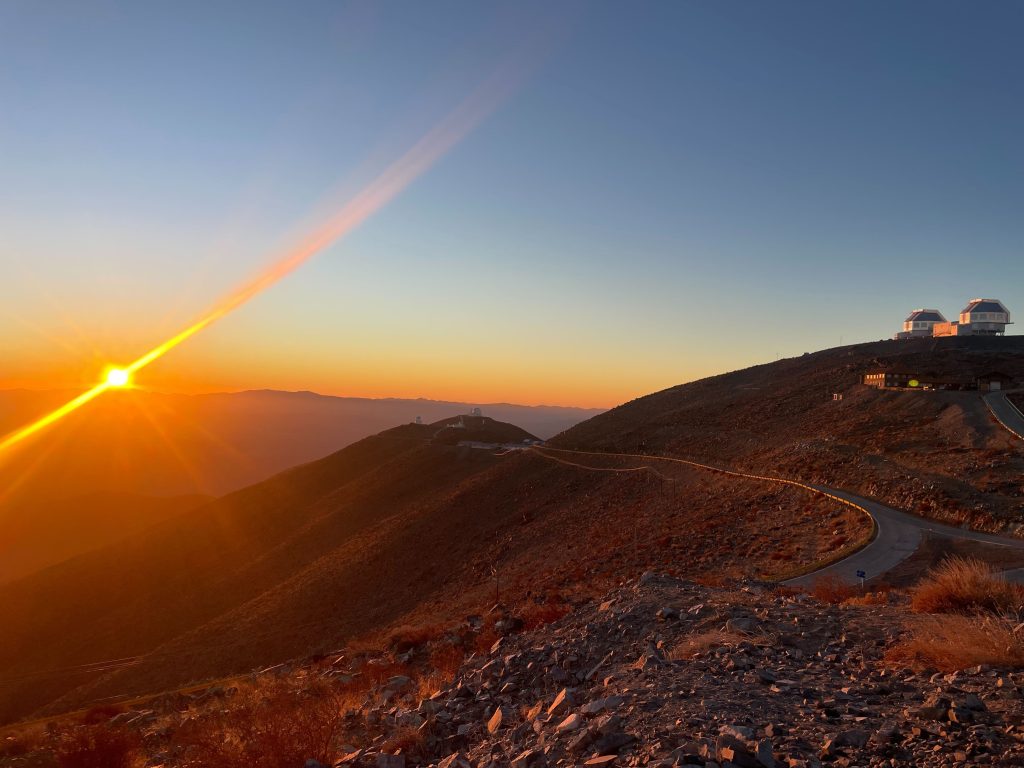
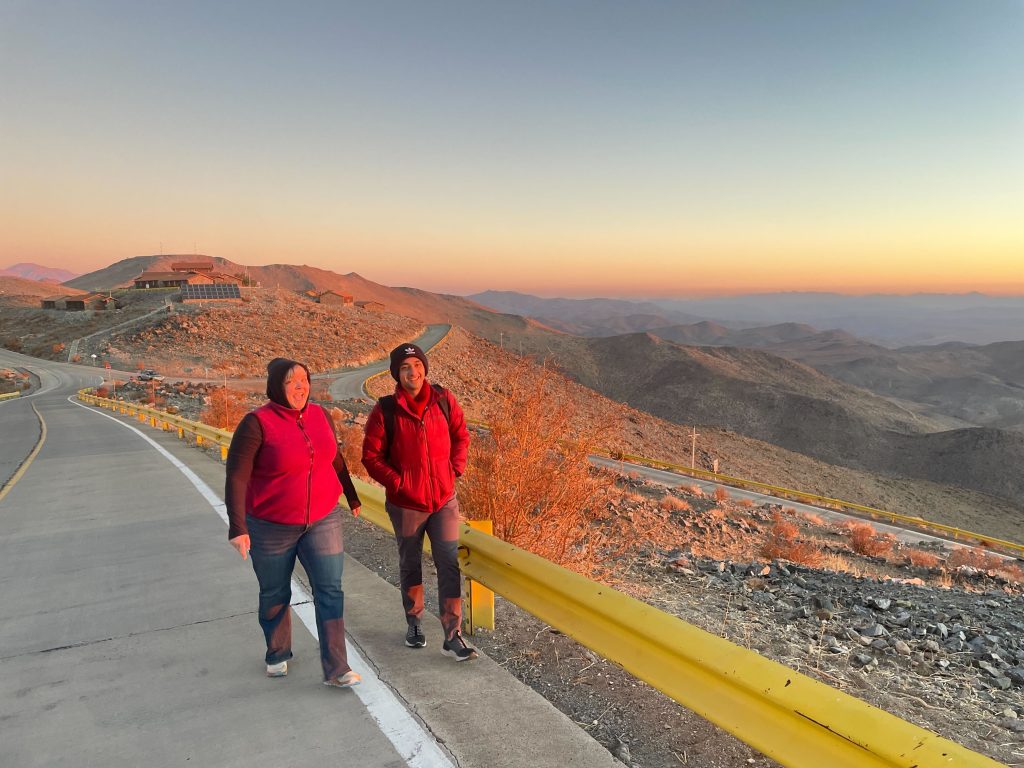
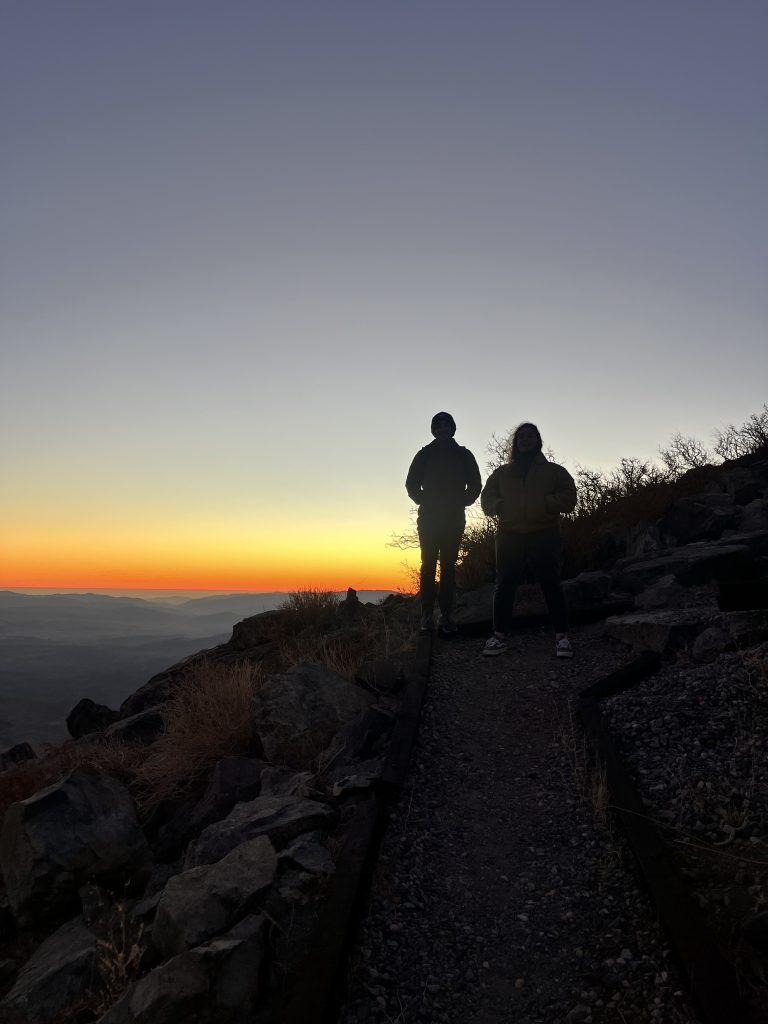
Best 15 minutes of the day? Filling out the night lunch for 4 whole empanadas. Just like the boss ordered.
Overheard at LCO
“I struggled with the scissors unit in kindergarten”
won most improved on MagAO-X scissor duty
“As long as I’m not playing a sport I won’t get injured”
someone who could definitely get injured in offseason
“Why would you say something like that”
“I will be Clay’s Gollum”
someone with career ambitions
“Keep the icc data away from the tea.”
not all of us have Sebastiaan level tea charisma
“How about you keep the tea away from the icc data.”
“I wasn’t allowed near the model trains because I kept wanting to touch them”
still let near our picomotors as a trust exercise
Song of the day
This one isn’t my pick. It’s Clay’s.

